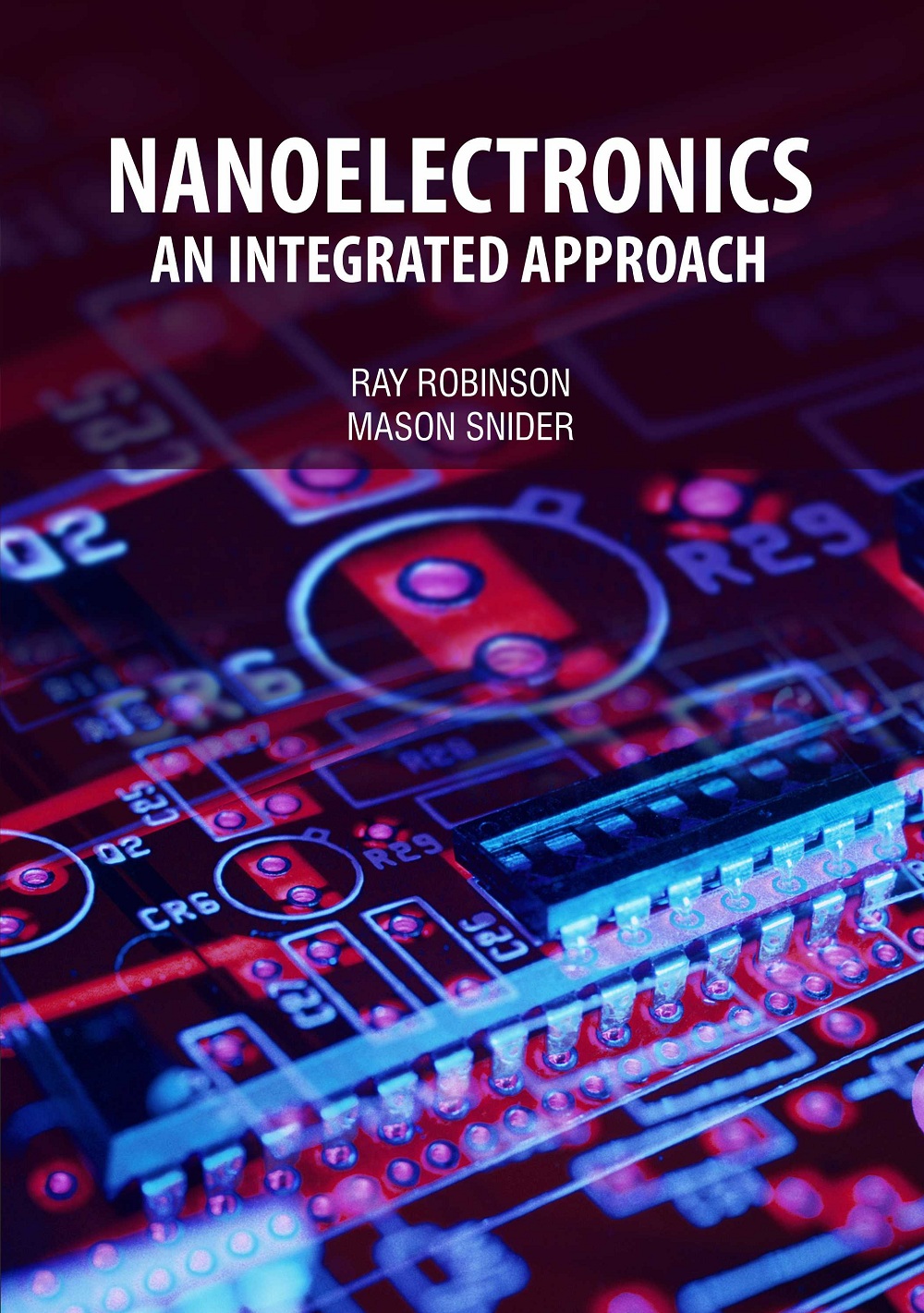Nanoelectronics : An Integrated Approach Ray Robinson & Mason Snider
- ISBN: 9781788820745
- Edition: 1st
- ©Year: 2020
- List Price : 160
About the Book
Nanoelectronics is one of the most important technologies of nanotechnology. It plays vital role in the field of engineering and electronics. Nanoelectronics make use of scientific techniques at atomic scale for developing the nano machines. The main target is to reduce the size, riskfactor and surface areas of the materials and molecules. Machines under nanoelectronic process under goes the long range of manufacturing steps each with accurate molecular treatment. Semiconductor electronics have seen a sustained exponential reduce in size and cost and a similar augment in performance and level of integration over the last thirty years. The Silicon Roadmap is laid out for the next ten years. After that, either economical or physical barriers will pose a huge challenge. The former is connected to the difficulty of making a profit in view of the exorbitant costs of building the necessary manufacturing capabilities, if present day technologies are extrapolated. The latter is a direct consequence of the shrinking device size, leading to physical phenomena impeding the operation of current devices. The transistor is the building block to a modern processor. The current silicon designed transistors are going to hit their physical limit- not merely the actualization of Moore's law but also the problems with heat dissipation, wire connections and the materials we use to create them. Hence nanotechnology helps us to look at new ways information processing at a better speed and measure. A promising alternative to the imminent challenges from the CMOS based computing is to focus on other alternatives of nano scale precision. Chemically Assembled Electronic Nanotechnology (CAEN) is a promising technology, which uses self-alignment to construct electronic circuits from nano scale devices that take advantage of quantum mechanical effects.This bookis intended as an introduction to the field of nanotechnology for nanoelectronics vendors, researchers and students who want to start thinking aboutthe potential opportunities afforded by these emerging scientific developments.
Contents: 1. Introduction, 2. Nano Electronics and Nanocomputer Architectures, 3. Nanoelectronic Architectures,
4. Memory Devices and Nanosensors, 5. Microelectromechanical Systems, 6. MOSFETs for Switching and Circuit, 7. Quantum Dots, 8. Nonowires, 9. Electron Transport in Semiconductors and Nanostructure, 10. Fundamentals of Designing with MOSFET Power Switches, 11. Digital Integrated and Electronics Circuits.
<p><b>Ray Robinson</b> has Ph.D.in Chemical physics. He is member of the national academy of engineering and the education society for information science and technology. He is also a certified information systems security professional and a certificate information systems Manager. Has has authored over 100 refereed publiation as well as monograph onthe nano electonics and principles of electron tunneling spectroscopy. Ray Robinson has published more than 25 refereed papers, and has co-authored abook chapter on sillicide technology. His research intrests inclued thin-film kinetics, and analytical techniques and metrology and prodcuts fault daignostics. </p><p><b>Mason Snider</b> is a professor of physics. His long-term teaching experience ranges from undergradute course to the directon of thesis research. His research activities cover solid state phsysics, scanning tunnelling microscopy, Nano electronics, electron tunninling spectroscopy and superconductivity . Mason snider holds industrial and academic appointments. He is the formar Director of the National Science Foundation and is Fellow of the American Physical Society. Mason Snider has authored 100 refereed publications as well as a monograph on the principles of electron tunninling spectoscopy. The third edition of his successful textbook Nanophysics and Nanotechnology has been published in recent times.</p>

